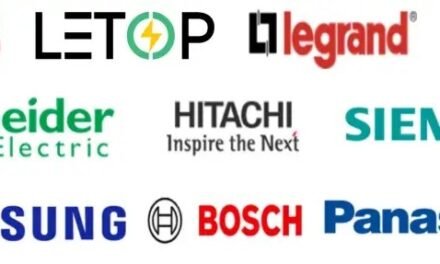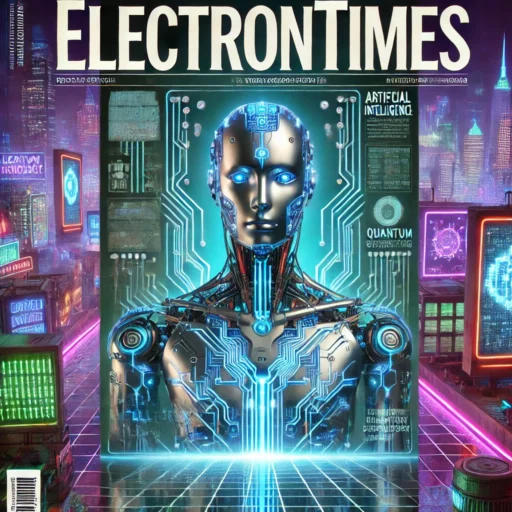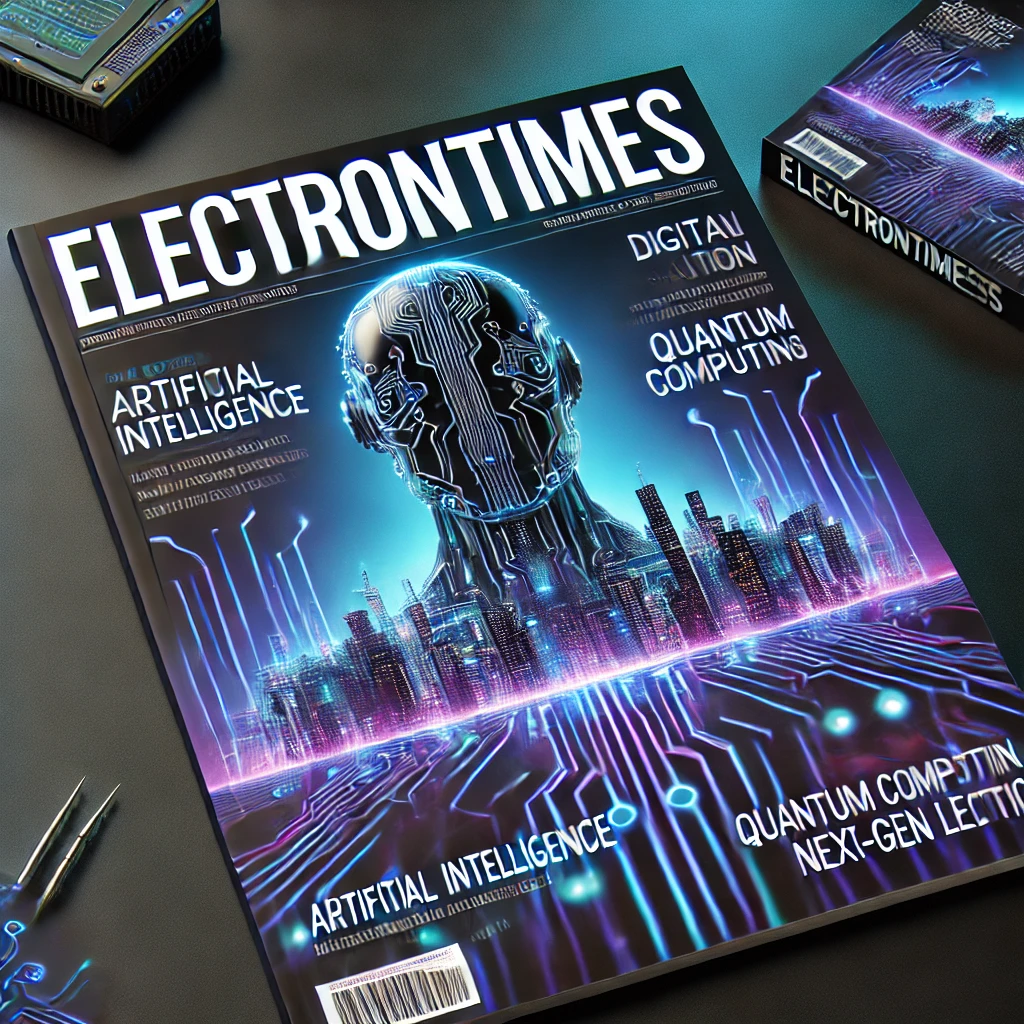The LED market is evolving rapidly, and its future trends will have a profound impact on the electronics and electrical equipment industries. As technological advancements continue to shape the market, several key trends are emerging that will influence the design, application, and integration of LED products in various sectors. Here’s a look at the major future trends and how they will affect the broader industry:
1. Enhanced Efficiency and Performance
- Energy Efficiency Improvements: As demand for energy-efficient lighting continues to grow, manufacturers will focus on increasing the luminous efficacy of LEDs, meaning more light output per unit of energy consumed. These improvements will further reduce energy consumption in both residential and commercial spaces, supporting global sustainability goals and reducing operational costs.
- Longer Lifespan: Ongoing advancements in LED technology are expected to extend the lifespan of LEDs even further, reducing the need for replacements and lowering maintenance costs. This will be especially beneficial in applications such as street lighting and industrial lighting, where LED products can remain in operation for many years without failure.
- High-Performance and High-Brightness LEDs: The push for higher performance LEDs will lead to products that are not only more energy-efficient but also capable of producing higher brightness levels. This will allow for more versatile applications, such as advanced signage, automotive lighting, and specialized industrial lighting.
2. Smart and Connected LED Lighting Systems
- Integration with IoT (Internet of Things): The future of LED lighting lies in smart systems that are integrated with IoT technology. Smart LEDs will allow for remote control and automation, where users can adjust lighting settings via smartphones, voice assistants (e.g., Amazon Alexa, Google Assistant), or home automation platforms. These systems will also enable advanced features like scheduling, energy usage monitoring, and customization based on personal preferences.
- Building and Home Automation: LEDs will become a core part of the broader smart home and smart building ecosystem, helping to optimize energy management and improve user experience. Smart lighting will be integrated into home automation systems, enabling seamless control alongside other devices like thermostats, security cameras, and entertainment systems. Additionally, smart LEDs can be linked to motion sensors and ambient light sensors, adjusting automatically based on occupancy and surrounding light conditions.
- Health and Well-Being Applications: Future LED systems will focus on human-centric lighting (HCL) to improve well-being. By adjusting the color temperature and intensity of the lighting to align with natural circadian rhythms, LEDs will support better sleep quality, productivity, and mood. This trend will influence both residential and office lighting applications.
3. Advanced LED Form Factors and Customization
- Flexible and OLED LEDs: The development of flexible LEDs and OLEDs (Organic Light Emitting Diodes) will create new possibilities in product design and application. These flexible, lightweight, and thin LEDs can be integrated into curved surfaces, fabric, and even wearable devices, opening up new markets in consumer electronics, automotive, and architecture.
- OLED Lighting for Decorative Use: OLED technology is likely to advance as a source of decorative lighting, offering thin, lightweight panels that can emit soft, diffused light. OLED lights can be embedded in ceilings, walls, or furniture, creating ambient, stylish lighting solutions for modern interior design.
- Miniaturization: LEDs are becoming increasingly miniaturized, allowing for the development of more compact lighting solutions that can be integrated into small devices, automotive lighting, or high-performance applications. Smaller, more efficient LEDs will also be integral to the development of micro-LED displays, which are expected to disrupt the television and display market.
4. Growth in Automotive and Transportation Lighting
- LEDs in Automotive Applications: The automotive industry is rapidly adopting LED technology for headlights, taillights, interior lighting, and displays. The trend towards electric vehicles (EVs) and autonomous vehicles is driving the demand for more energy-efficient, durable, and customizable lighting solutions. Automotive LEDs will also become more integrated with smart systems, such as adaptive headlights that automatically adjust based on road conditions.
- Increased Use in Street Lighting: LEDs will continue to replace traditional street lighting systems due to their energy efficiency and long lifespan. Smart street lighting, which adjusts brightness based on traffic patterns or time of day, will become more widespread, contributing to both cost savings and environmental sustainability in urban areas.
5. Integration with Renewable Energy Systems
- Solar-Powered LED Lighting: As solar energy systems become more affordable and widespread, solar-powered LED lighting will become increasingly popular, especially in remote areas or for outdoor applications such as street lighting and garden lights. The combination of renewable energy with energy-efficient LEDs supports global sustainability goals by reducing dependency on grid electricity.
- Hybrid Energy Solutions: LEDs will be incorporated into hybrid energy systems that combine solar power, wind power, and battery storage to create sustainable, off-grid lighting solutions. These systems will be ideal for both residential applications and large-scale public infrastructure projects in energy-conscious regions.
6. Expansion of LED Lighting in Industrial and Commercial Applications
- Industrial Lighting: The demand for energy-efficient lighting in industrial settings will drive the growth of high-performance LED solutions, especially in manufacturing plants, warehouses, and logistics facilities. LEDs are being used to improve visibility and reduce maintenance costs while increasing energy savings.
- Commercial Office Buildings and Retail Spaces: Commercial spaces will increasingly adopt smart LED lighting to enhance both the functionality and energy efficiency of lighting systems. Retailers will continue to leverage LED technology to create more engaging visual displays and optimize the lighting environment for better customer experiences and energy savings.
7. Environmental and Regulatory Impact
- Focus on Sustainability: The global push for sustainability and carbon neutrality will accelerate the adoption of eco-friendly LED lighting solutions. Governments and organizations will continue to incentivize energy-efficient products, and regulations will favor LEDs due to their low energy consumption and reduced environmental impact compared to traditional lighting technologies.
- End-of-Life and Recycling: As the demand for LEDs grows, there will be an increasing focus on recycling and managing the end-of-life of LED products. Sustainable manufacturing and the use of recyclable materials will be key drivers of growth as the industry seeks to reduce electronic waste.
8. Micro-LED Technology for Displays
- Revolutionizing Display Technology: Micro-LED displays are expected to revolutionize the consumer electronics industry, offering ultra-high resolution, improved brightness, and lower energy consumption. These displays will be used in everything from smartphones and televisions to wearables and augmented reality (AR) devices. Micro-LED technology eliminates the need for backlighting, providing self-emitting pixels that offer superior image quality and energy efficiency.
- Potential for Large-Scale Applications: With micro-LED displays, the ability to create ultra-thin, lightweight, and energy-efficient screens will be game-changing for industries that rely on large-format displays, such as digital signage and public displays. This will impact industries across advertising, entertainment, and retail.
9. Innovation in Lighting Control Systems
- Voice-Controlled and AI-Integrated Lighting: The integration of artificial intelligence (AI) into lighting systems will enable more intuitive control. AI-powered lighting will learn from user behavior, adjusting lighting automatically to optimize comfort, productivity, and energy use. Smart LED systems will be able to anticipate changes in lighting needs based on time, weather, and activity patterns.
- Advanced Sensing Technology: LEDs will be combined with motion sensors, occupancy detectors, and ambient light sensors to create smart lighting systems that only activate when needed, further improving energy efficiency in both residential and commercial environments.
Conclusion
The future of the LED market is characterized by continued innovation, including enhanced efficiency, smart connectivity, and integration with renewable energy sources. These advancements will not only shape the way lighting is used in residential, commercial, and industrial applications but will also have broader implications for the electronics and electrical equipment industries. As LEDs become increasingly integrated into smart home systems, renewable energy solutions, and automotive applications, their influence on energy efficiency, sustainability, and user experience will continue to grow, driving the demand for energy-efficient, intelligent, and customizable lighting solutions in the coming years.
Hashtags
#NextGenLEDTechnology #FutureOfLEDs #LEDInnovation #ImprovedLEDEfficiency #HighPerformanceLEDs #CuttingEdgeLEDDesign #LEDsForSmartTech #LEDLightingEvolution #AdvancedLEDManufacturing #LEDTechBreakthroughs #SmartLEDLighting #IoTLEDs #ConnectedLighting #SmartLightingSolutions #LEDsForSmartHomes #LEDLightingWithSensors #WirelessLEDControl #IntelligentLightingSystems #LEDLightingInSmartCities #IoTInLighting #EnergyEfficientLEDs #SustainableLEDLighting #LEDsForGreenEnergy #EcoFriendlyLighting #LEDsForLowEnergyBuildings #EnergySavingLEDTech #SustainabilityInLEDDesign #SmartEnergyWithLEDs #ReducingCarbonWithLEDs #LEDsForGreenTech #HumanCentricLEDs #CircadianLighting #WellnessWithLEDLighting #LEDsForHealthAndWellbeing #LEDLightingForMood














